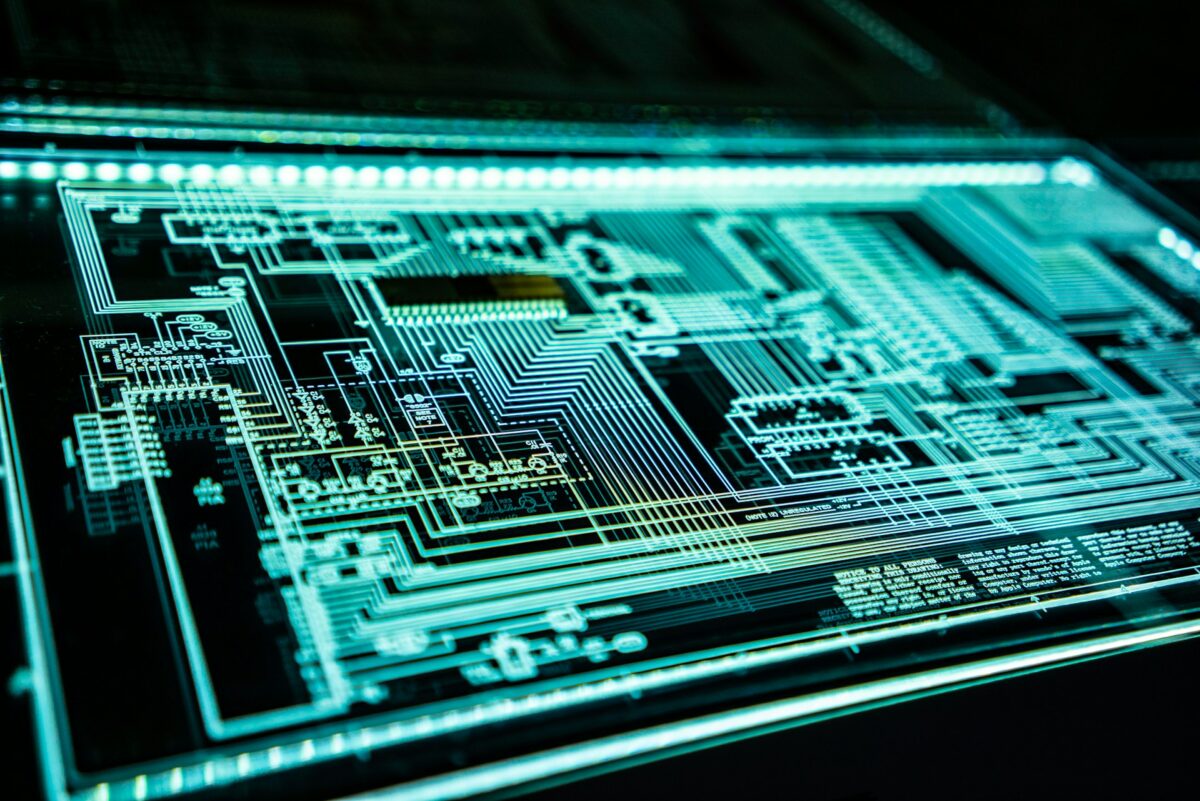The Relationship Between Science and Technology
The terms “science” and “technology” are often used in conjunction with one another, almost as if they were equal halves of the same coin. What precisely is it that binds them together? The connection between science and technology is both straightforward and intricate. Science enables us to comprehend the functioning of the universe, while technology facilitates the application of this comprehension to the resolution of issues, the development of instruments, and the development of novel ways of life. This connection has evolved into a cycle over the course of time, in which scientific discoveries serve as the impetus for technical advancements, and those technologies, in turn, serve to open up new avenues for scientific scientific investigation.
Scientific inquiry is the pursuit of comprehension.
At its core, science is about being curious about things. Concerning the natural world, matter, energy, and perhaps life itself, it poses questions. In order to provide an explanation for how and why certain events take place, scientists make hypotheses, conduct experiments, and gather data. This procedure is not motivated by the need to immediately put it into practice; rather, it is directed by the desire to comprehend. Science exposes patterns and facts about the cosmos, even if those truths seem to be abstract at first. These realities range from the laws of motion to the structure of DNA.
Through the application of knowledge, technology may change the world.
Technology, on the other hand, is about having an action. The information that is obtained from research is put to use in practical applications, such as the construction of bridges, the development of vaccinations, the design of cellphones, or the harnessing of energy. It doesn’t matter whether it’s anything as simple as a lever or as intricate as a spaceship; technology transforms ideas into tools that make people’s lives better. Because it represents our urge to create, adapt, and find solutions to difficulties, it comes from a fundamentally human perspective.
A Continuum of The Influence
The connection between science and technology is not a one-way path; rather, it is back and forth. Innovations in technology are often the result of scientific study. As an example, the discovery of electromagnetic waves was crucial in the development of radios, TVs, and wireless internet. Tech, on the other hand, is what propels scientific progress. Using technologies such as telescopes, microscopes, particle accelerators, and computers, scientists are now able to investigate locations and phenomena that were previously inaccessible to them.
Due to the fact that this cycle occurs, scientific revolutions often occur concurrently with technical achievements. Our computers and the internet are the products of the digital revolution, which was fuelled by advancements in the physics of semiconductors. Concurrently, these computers are now assisting scientists in running intricate simulations and analyzing large datasets, which has the effect of speeding up the process of making new discoveries.
Exactly how the relationship is molded by society
The interaction between science and technology is also influenced by the social requirements and cultural values of a society. In times of crisis, such as when there is a health emergency, scientific research often adjusts its focus to urgent practical purposes, which ultimately results in the quick development of new technologies. In other times, technology has the ability to provide possibilities that scientists had not before considered, which has resulted in the development of whole new areas of research.
- In addition, it is important to note that ethical challenges emerge whenever science and technology come into contact with one another. These questions range from arguments about genetic engineering and artificial intelligence to worries about privacy and the influence on the environment. This set of questions serves to bring to our attention the fact that while science provides an explanation of what may be done and technology demonstrates how it can be done, it is society that determines what should be done.
Take a Look Ahead
There is a sense that the connection between science and technology is greater than it has ever been in the contemporary world. The rapid development of novel scientific concepts into technologies that have the potential to change industries and even everyday life is shown by the progress that has been made in areas such as biotechnology, quantum computing, and renewable energy.
Emerging technologies, on the other hand, make it possible for us to ask questions that we were previously unable to ask. These inquiries include investigations into the human brain in greater depth, simulations of intricate ecosystems, and explorations of the most remote parts of the cosmos.
The collaboration that exists between science and technology is not one that is static; rather, it is one that is dynamic and ever-changing. Technology provides science with new means to explore the unknown, while science provides technology with fresh ideas and knowledge gleaned from the scientific community. Together, they constitute a dynamic force that not only alters the way in which we see the world, but also the way in which we shape it.
This interaction, when it is functioning at its peak, does not only result in the development of more intelligent instruments or the discovery of more profound truths; rather, it serves as a reminder of what is possible when creativity and curiosity are brought together.
